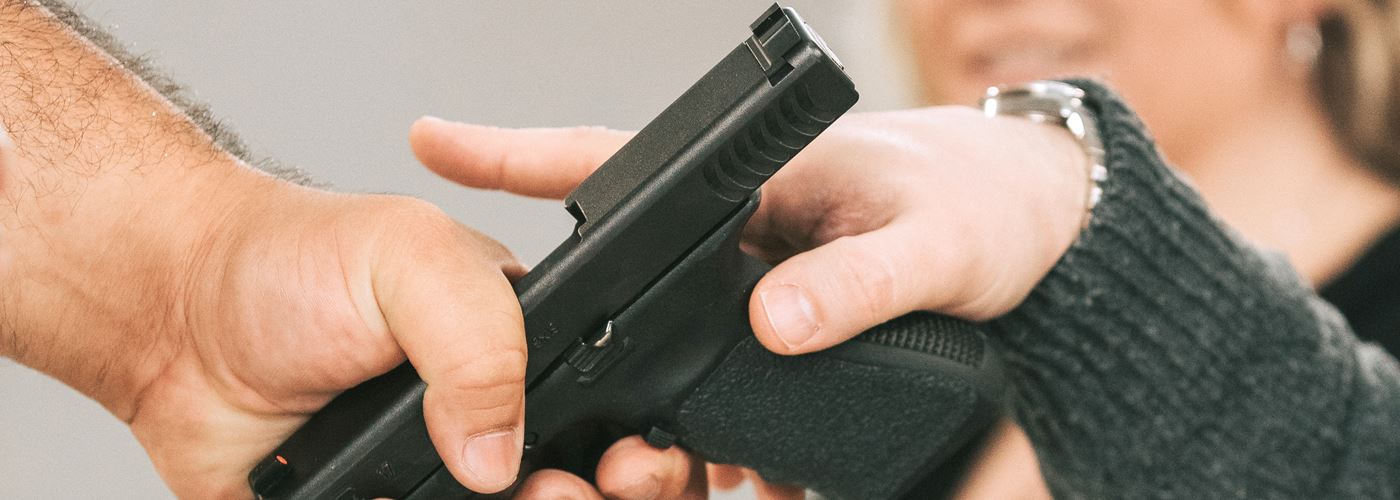
Over the past 12 years, I’ve taken quite a few firearms courses from a number of instructors around the country. They have all been excellent at running great classes. Yet I’ve noticed that every firearms instructor has their own style and procedures. No two are alike.
To help other firearms instructors, I put together a list of the best class attributes I’ve experienced during my training and continued learning. Take a look at them to see how your class structure compares. Not every item will be applicable for all types of classes, so consider implementing the ones you feel are relevant to what you offer.
Safety
Safety during any type of firearms training is incredibly important and can’t be stressed enough. Try incorporating some of the following into the way you run your firearms training:
- Conduct a safety briefing before starting each day of a class. Include a plan for emergency situations:
- Confirm the location of the nearest hospital and give directions.
- Identify those in the class who are trained to use an individual first aid kit (IFAK) and has one with them.
- Designate primary and secondary persons to tend to an emergency.
- Designate who will make the emergency call and give them instructions on what to say. For example, say “accidental shooting while training” instead of “a shooting” which could bring a SWAT team instead of EMS.
- Designate who will be a driver and what vehicle is to be used, if needed.
- Notify local law enforcement and EMS that a training class is being held at a specific location with no expected incidents.
- As the instructor, you should be medically trained for first aid Tactical Causality Care.
- Also, have an IFAK on site or a more robust medical bag for those trained to use it.
Communication
Both verbal and visual communication determine how well students are able to learn. Think about the following so you can have a more well-rounded style of communication in order to reach more students:
- Give your students time to share their background and reasons for taking the class.
- Keep the instructor-to-student ratio relative to the type class you are teaching. If you have too many students, you will feel overwhelmed, and the students will feel like they’re not getting enough individual attention.
- Make sure students know to ask questions if they do not understand or need clarification. More importantly, make sure the class environment allows them to feel comfortable enough to ask those questions.
- Clearly explain an exercise, demonstrate the exercise and, when appropriate, allow students to dry-run that exercise before going live.
- Do a wrap-up at the end of class to get each student’s feedback. Find out if class expectations were met, what they learned, recommendations for instructor and class improvement, and so on. It’s best to get verbal reviews at the end of class, but written reviews are also beneficial.
- Recommend future classes that will build on the student’s abilities.
If you’re looking for more tips on communication, check out Kris “Tanto” Paranto’s five tips for firearms teaching. And, if you want to read more about adult learning styles, Dave “Boon” Benton breaks down the EDIP method.
Course Curriculum
Every instructor has their own title and description for a given course. This can be confusing to students when comparing one instructor’s Level 1 course to another instructor’s Level 2 or even some Level 3 courses. Sometimes they can all start to sound the same.
It is important to be clear in your course description, deliverables and student expectations. Ensuring the course delivers as promised is also just as important. Look at your course descriptions to see if you can work on the following:
- Share your background and the credentials that make you qualified to teach the course. When the class starts, it’s good to verbally reiterate this information.
- Write a detailed course description so there are no misconceptions when a student registers and shows up for a class.
- Simply calling a class “Advanced” with minimal description can lead to disappointment.
- Without a proper description, you might get a student who is in way over their head, which will hamper the progress of the entire class. You might disappoint other students by spending too much time helping a student with what they should already know.
Are you ready to put these ideas to use? Sign up for an instructor account today at ShootingClasses.com, or update your current class information.
Interested in learning how to become a firearms instructor? You’re in the right place!
